This website uses cookies so that we can provide you with the best user experience possible. Cookie information is stored in your browser and performs functions such as recognising you when you return to our website and helping our team to understand which sections of the website you find most interesting and useful.
Tag: process
-
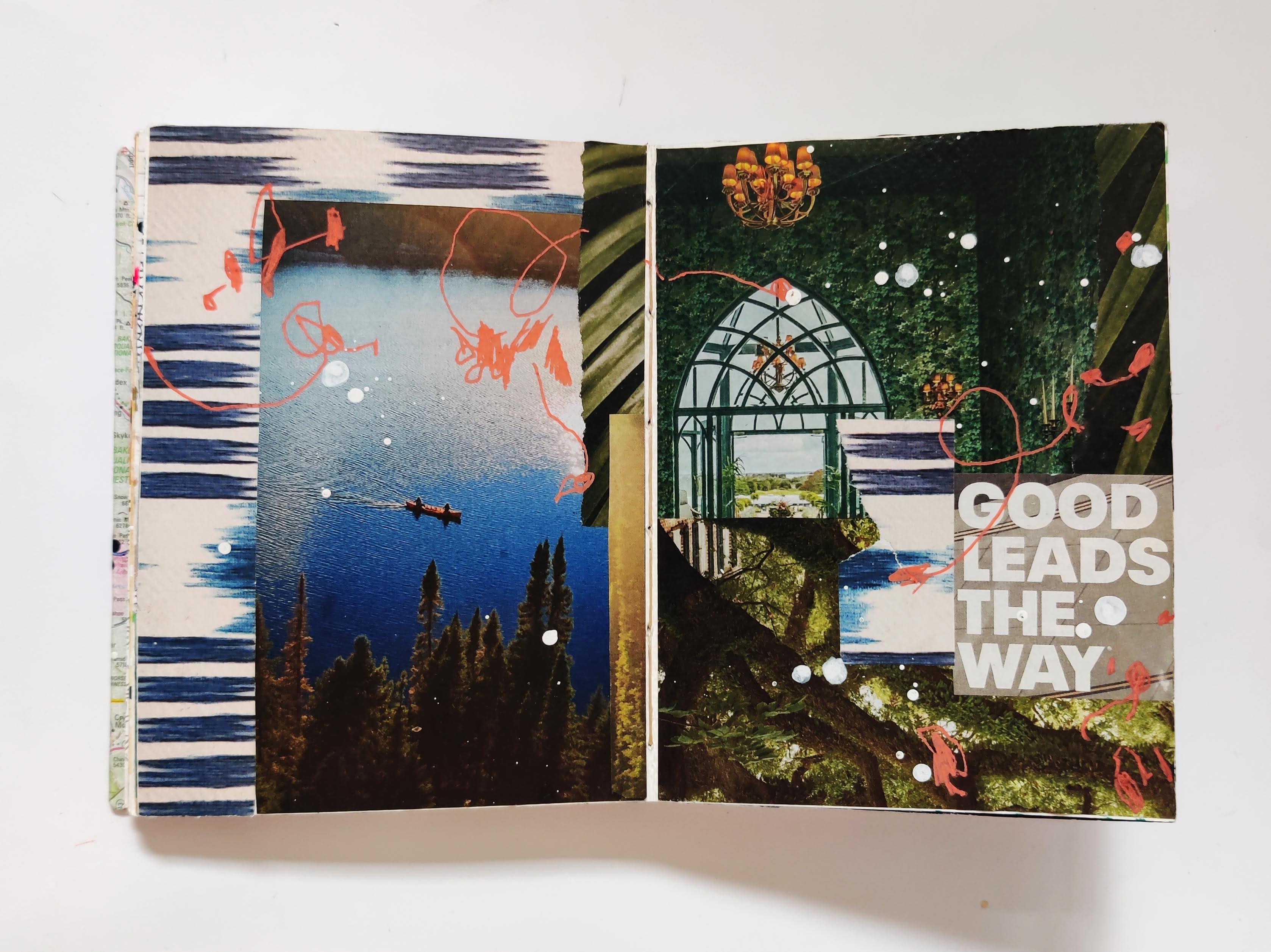
Both/And
•
What does one do when it feels like the world as we know it might be ending? Anything I might say or do feels like too much or not enough. On one hand, I want to acknowledge and bear witness to big global and political crises and the sense of…
-
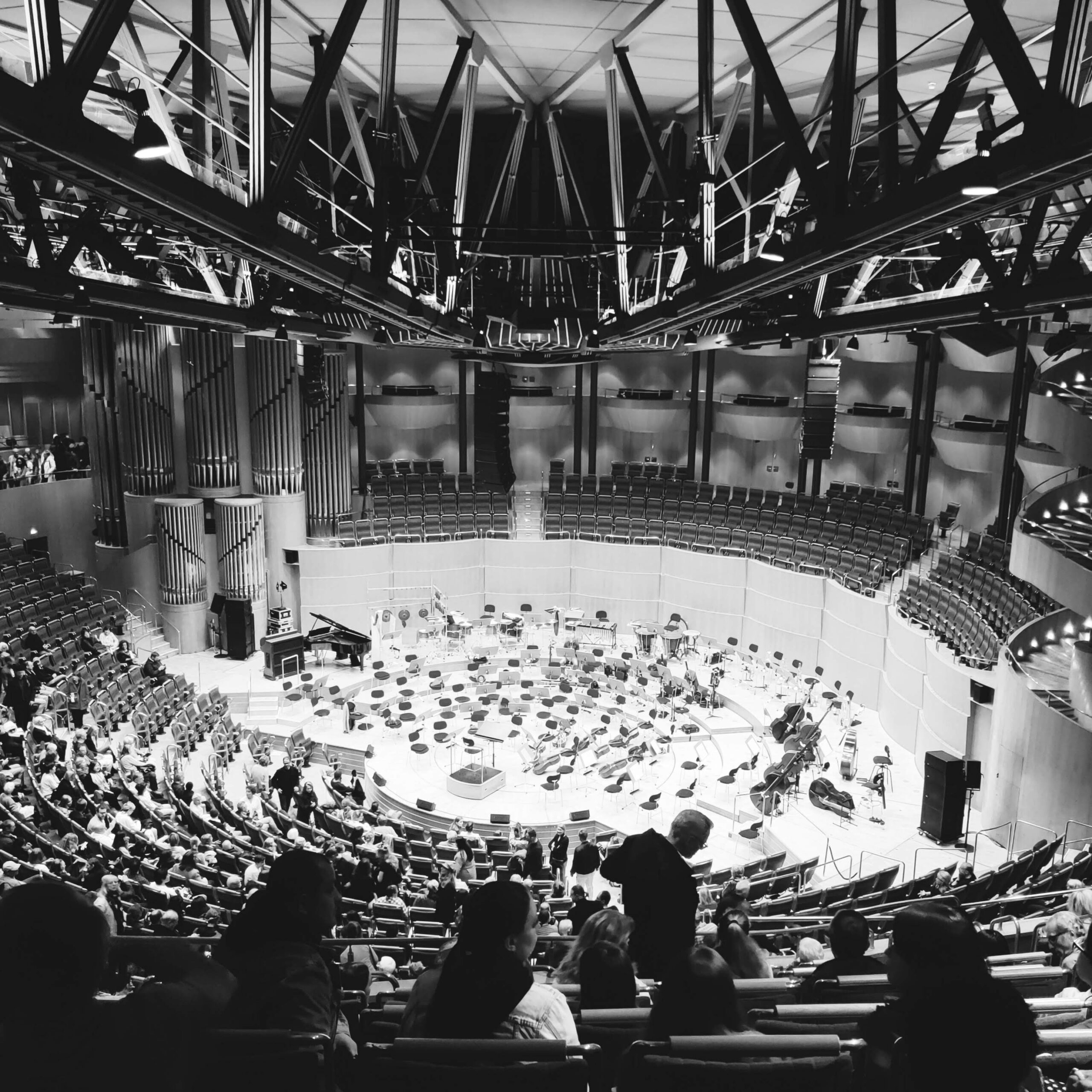
Process Over Outcome
•
Last week, I went to a dress rehearsal for Enno Poppe’s musical composition Strom. The piece sounded like an orchestra tuning its strings, or a child’s first concert: discordant, uncomfortable, and strange. (Listen to a small sample of it here.) Poppe created the piece by stretching single intervals — the…
-
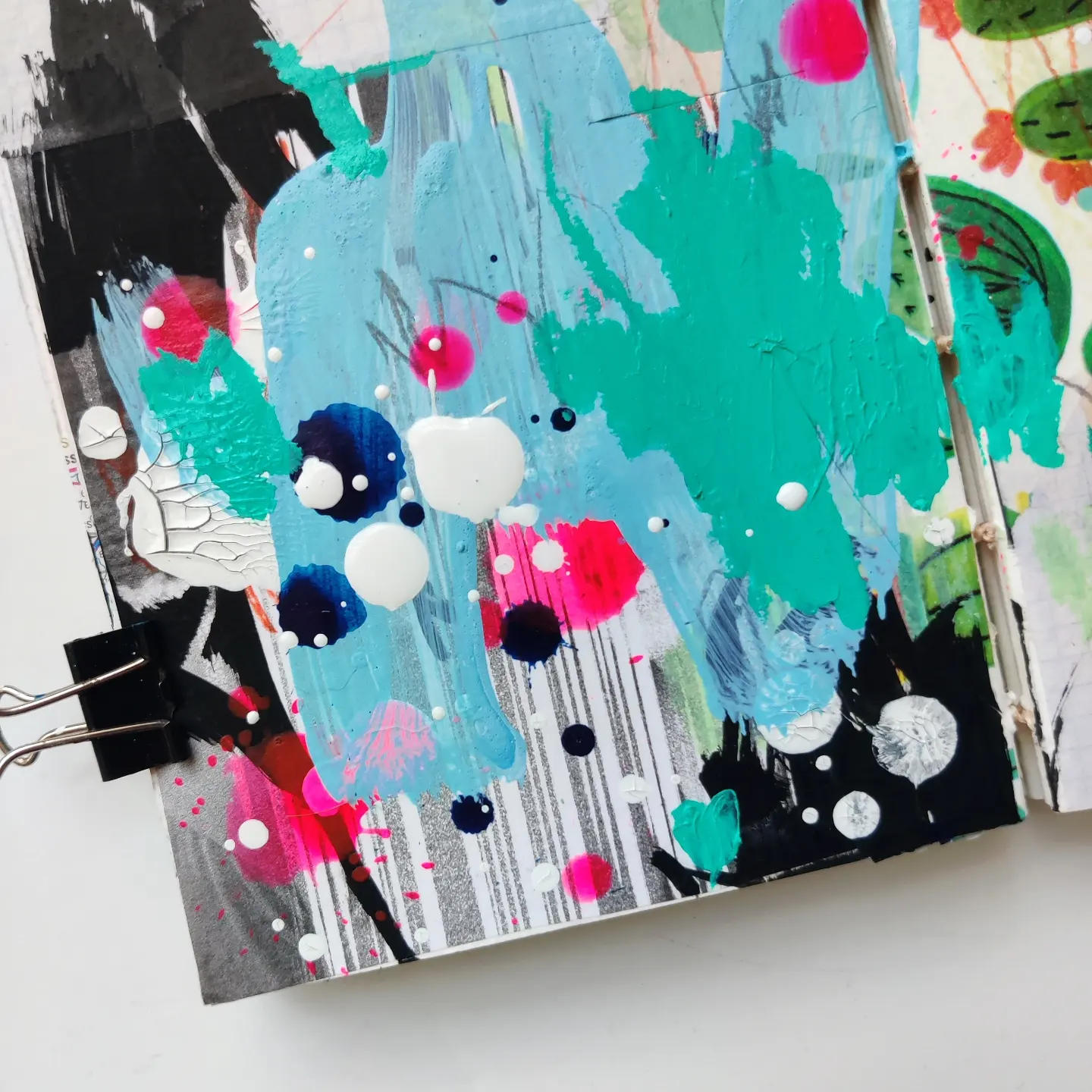
How to Paint Like a Child
•
Children’s art is one of my greatest inspirations: it’s intuitive and impulsive, without the confines of “should” and “can’t”. Kids don’t have any sense of limitation, or any reason to doubt their own abilities. Picasso famously said “Every child is an artist. The problem is how to remain an artist…
-
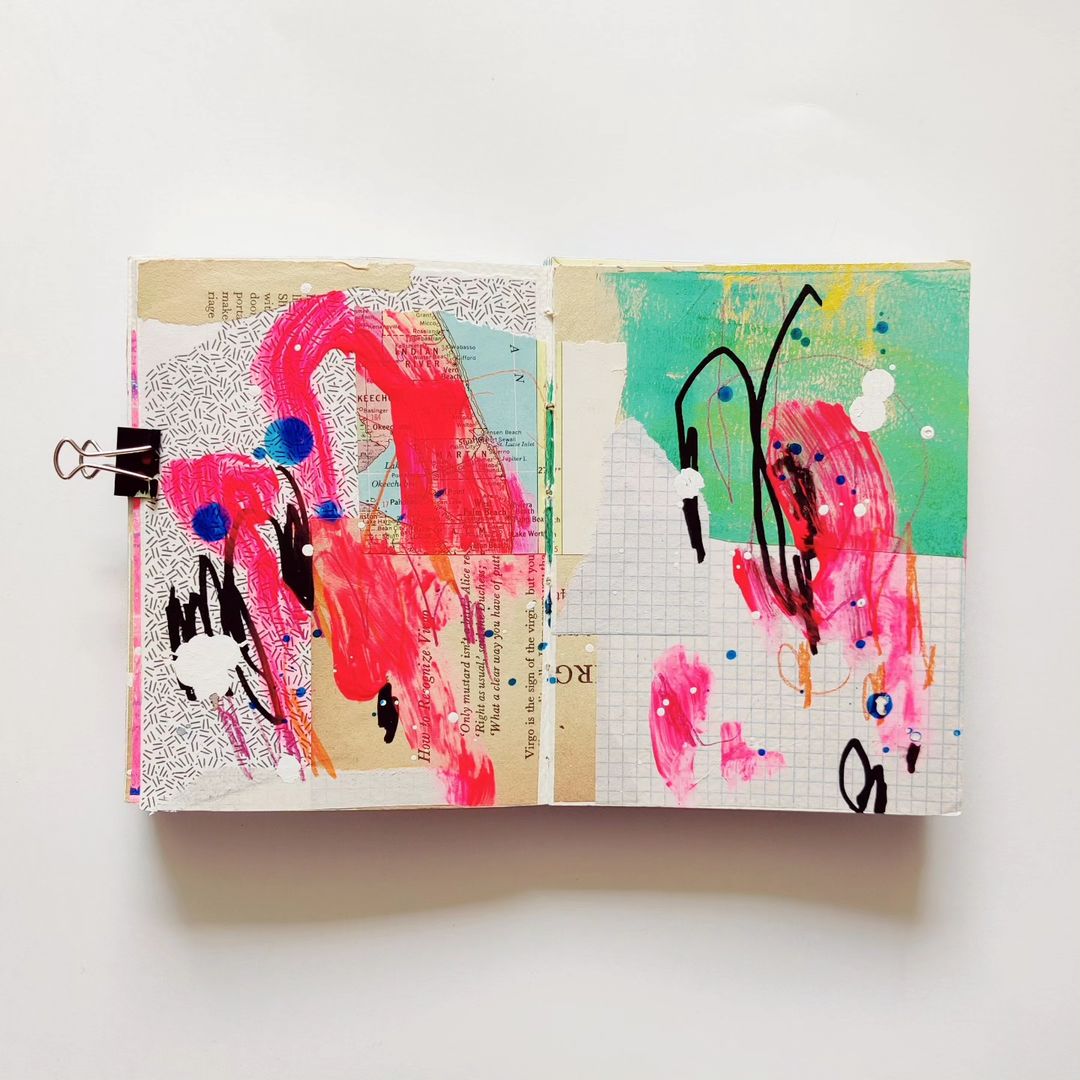
Messy May 2023
•
Over the weekend I took part in a Creative Hour conversation with Caylee Grey, Meg of Meg Journals, Claudette Hasenjager and more than 100 other art journalers. Caylee is the founder of Get Messy, and Claudette, Meg, and I are three of thirty artists leading this year’s Messy May, a…
-
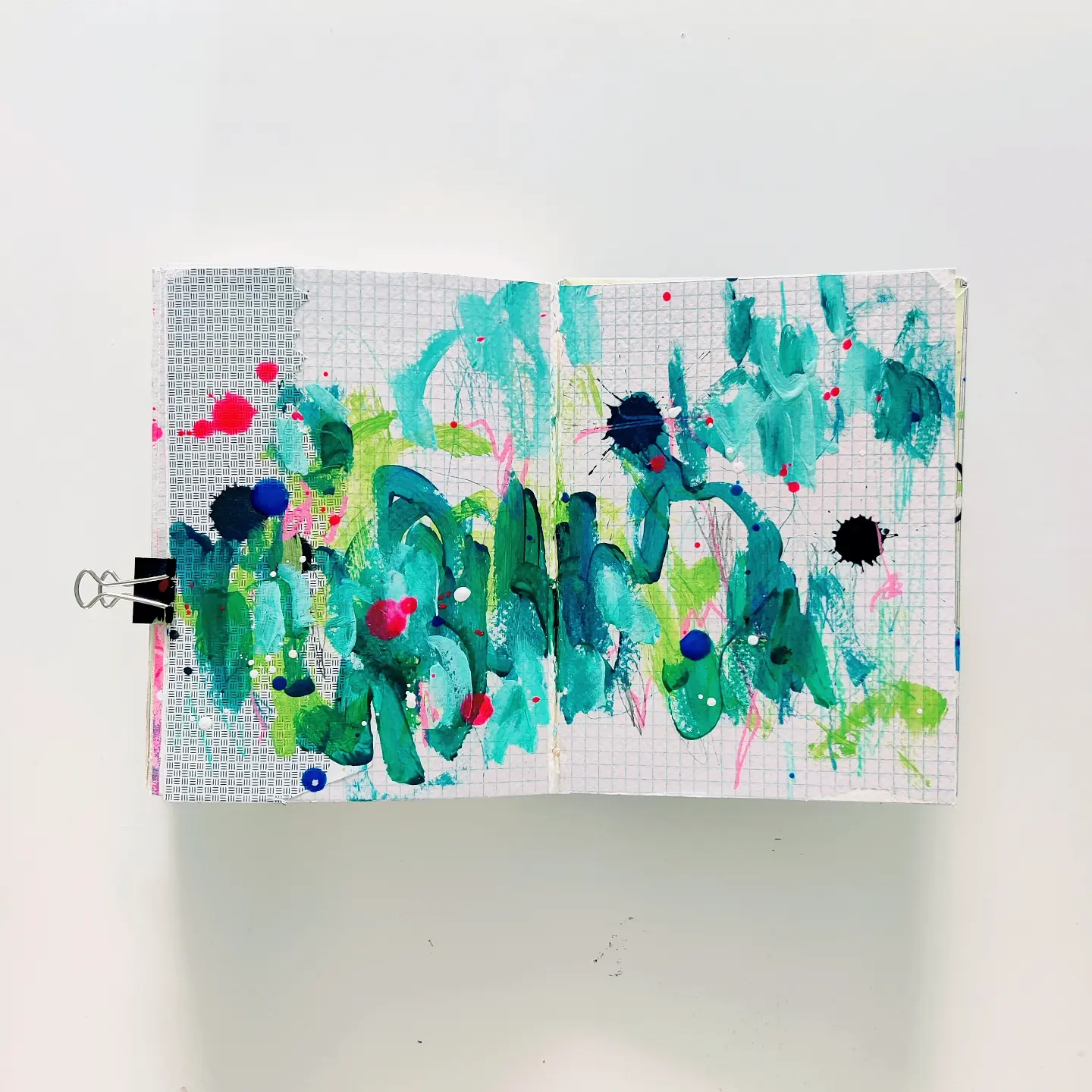
Why abstract art?
•
I admire photorealism: it takes a huge amount of patience and technical skill to represents external reality well. What I love about abstract art, though, is the conveying of emotion, experience, thought, and existence through form, color, movement, texture, and composition. It represents internal reality. When I create my work,…
